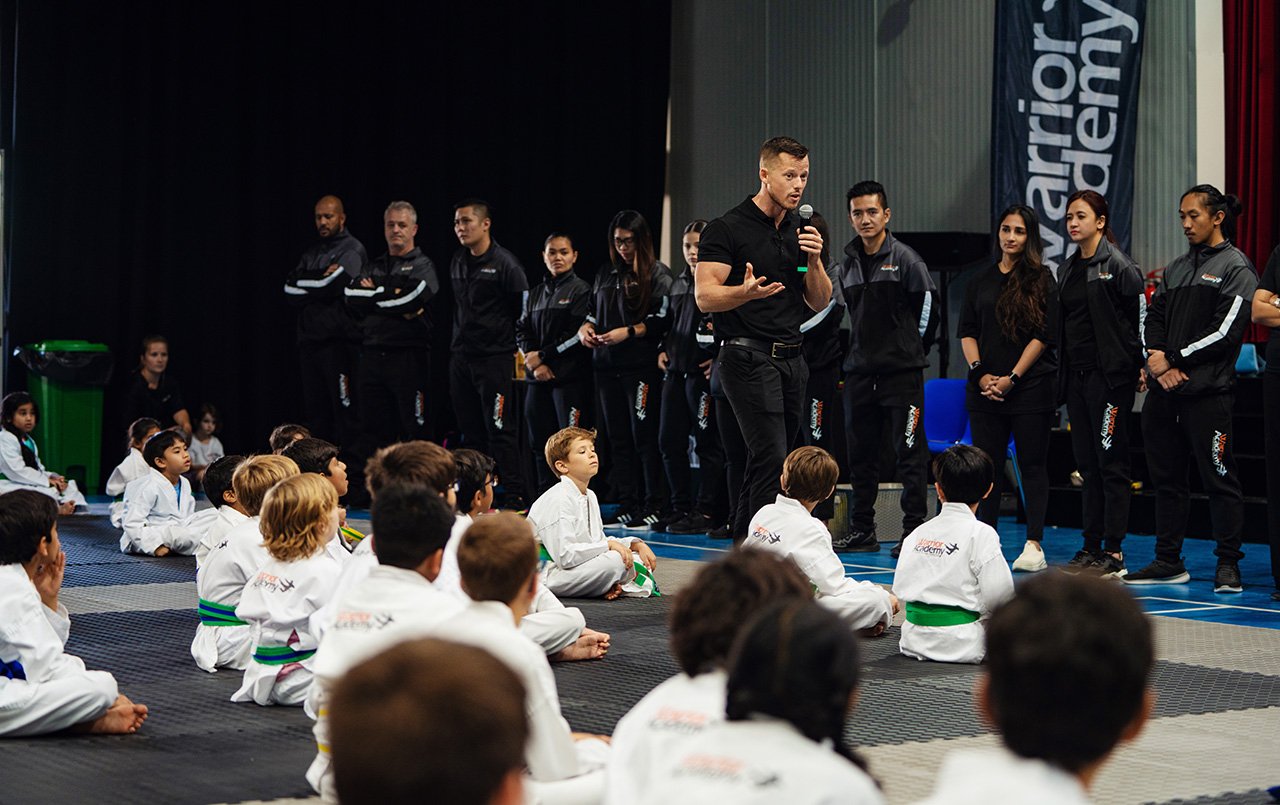 Motivation is a critical factor in a child's success, both in academics and in life. However, learning how to motivate children can be a challenging task for parents and educators. To help understand how children get inspired, it's important to explore the science of motivation.
Motivation is a critical factor in a child's success, both in academics and in life. However, learning how to motivate children can be a challenging task for parents and educators. To help understand how children get inspired, it's important to explore the science of motivation.
The Role of Dopamine in Motivation
Dopamine is a neurotransmitter that plays a key role in motivation. It's released in response to a rewarding stimulus, such as praise or achievement, and reinforces the behavior that led to the reward. This reinforcement mechanism is what drives motivation.
When children receive praise or recognition for their achievements, dopamine is released in their brain, reinforcing the behavior that led to the achievement. This positive reinforcement helps to increase motivation and encourages children to continue working towards their goals.
Intrinsic vs. Extrinsic Motivation
Motivation can be categorized into two types: intrinsic and extrinsic. Intrinsic motivation comes from within, and is driven by a child's personal interests and passions. Extrinsic motivation, on the other hand, is driven by external factors, such as rewards or punishments.
Intrinsic motivation is considered to be more powerful and longer lasting than extrinsic motivation. When children are intrinsically motivated, they are more likely to engage in an activity for the joy of it, rather than for a reward or to avoid punishment.
Encouraging Intrinsic Motivation
 To encourage intrinsic motivation, it's important to create an environment that fosters curiosity, creativity, and self-expression. Providing opportunities for children to explore their interests and passions can help to develop intrinsic motivation
To encourage intrinsic motivation, it's important to create an environment that fosters curiosity, creativity, and self-expression. Providing opportunities for children to explore their interests and passions can help to develop intrinsic motivation
One way to encourage intrinsic motivation is to give children the freedom to choose their own activities and pursuits. When children have a say in what they do, they are more likely to be invested in the outcome and feel a sense of ownership over their achievements.
Another way to encourage intrinsic motivation is to provide challenges and opportunities for growth. When children are faced with challenges that require them to use their skills and knowledge, they are more likely to feel a sense of accomplishment and pride in their work.
The Role of Mindset in Motivation
Mindset plays a key role in motivation. Children with a growth mindset believe that their abilities can be developed through hard work and dedication, while children with a fixed mindset believe that their abilities are predetermined and cannot be changed.
Children with a growth mindset are more likely to be motivated to learn and grow, because they believe that they can improve their abilities through effort and dedication. On the other hand, children with a fixed mindset may be less motivated to learn, because they believe that their abilities are predetermined and cannot be changed.
Creating a Positive Learning Environment To Motivate Children
 Creating a positive learning environment is critical to motivating children. When children feel safe, supported, and valued, they are more likely to be motivated to learn and grow.
Creating a positive learning environment is critical to motivating children. When children feel safe, supported, and valued, they are more likely to be motivated to learn and grow.
One way to create a positive learning environment is to provide opportunities for social interaction and collaboration. When children work together, they are more likely to feel a sense of belonging and connection, which can increase motivation.
Another way to create a positive learning environment is to provide opportunities for hands-on learning and exploration. When children are given the opportunity to engage in activities that are meaningful and relevant to their interests, they are more likely to be motivated and engaged. This can include activities such as experiments, art projects, or outdoor exploration. By encouraging children to explore and experiment, we not only promote their natural curiosity and creativity, but also help them develop important skills such as problem-solving, critical thinking, and decision-making. Providing hands-on learning experiences can also help children see the relevance and application of what they are learning, making it more likely that they will retain the information and be motivated to learn more
The Role of Intrinsic and Extrinsic Motivation in Children
Intrinsic motivation refers to engaging in an activity for the sake of enjoyment, personal satisfaction, or curiosity. On the other hand, extrinsic motivation is driven by external rewards or punishment, such as a sticker chart or grades. While extrinsic motivation can be useful in certain contexts, research has shown that intrinsic motivation is more effective in promoting long-term engagement and learning.
As a parent or caregiver, it's important to encourage intrinsic motivation by allowing children to explore their interests, providing opportunities for autonomy, and avoiding the use of excessive external rewards. For example, instead of offering a reward for completing a task, you could ask your child to reflect on how they feel after accomplishing it or encourage them to set personal goals.
Encouraging a Growth Mindset
A growth mindset refers to the belief that abilities and intelligence can be developed through hard work, dedication, and perseverance. In contrast, a fixed mindset is the belief that our abilities are predetermined and cannot be changed. Encouraging a growth mindset in children can have a profound impact on their motivation, resilience, and ability to learn.
One way to promote a growth mindset is by praising effort rather than innate ability. Instead of saying "You're so smart," try saying "I'm proud of how hard you worked on that." This reinforces the idea that success is not determined by innate abilities but rather by effort and perseverance.
Setting Realistic Goals
Setting realistic goals is an important aspect of motivation as it provides a clear direction for what a child wants to achieve. Goals should be specific, measurable, and achievable, while also challenging enough to be motivating.
When setting goals with your child, it's important to keep their interests and abilities in mind. Break down larger goals into smaller, more manageable steps, and celebrate each accomplishment along the way.
Creating a Supportive Environment
A supportive environment can have a significant impact on a child's motivation. This can include providing resources and opportunities for learning, offering encouragement and support, and fostering a positive attitude towards mistakes and failures.
As a parent or caregiver, you can create a supportive environment by being involved in your child's education and extracurricular activities, character development, providing opportunities for socialization and play, and celebrating their accomplishments and efforts.
In conclusion, understanding the science of motivation can provide valuable insights into how we can inspire and support children in their learning and development. By encouraging intrinsic motivation, promoting a growth mindset, setting realistic goals, and creating a supportive environment, we can help children develop a lifelong love of learning and achieve their full potential.
To learn more about what area's your child needs the most support, take out Breakthrough Area Assessment here.


